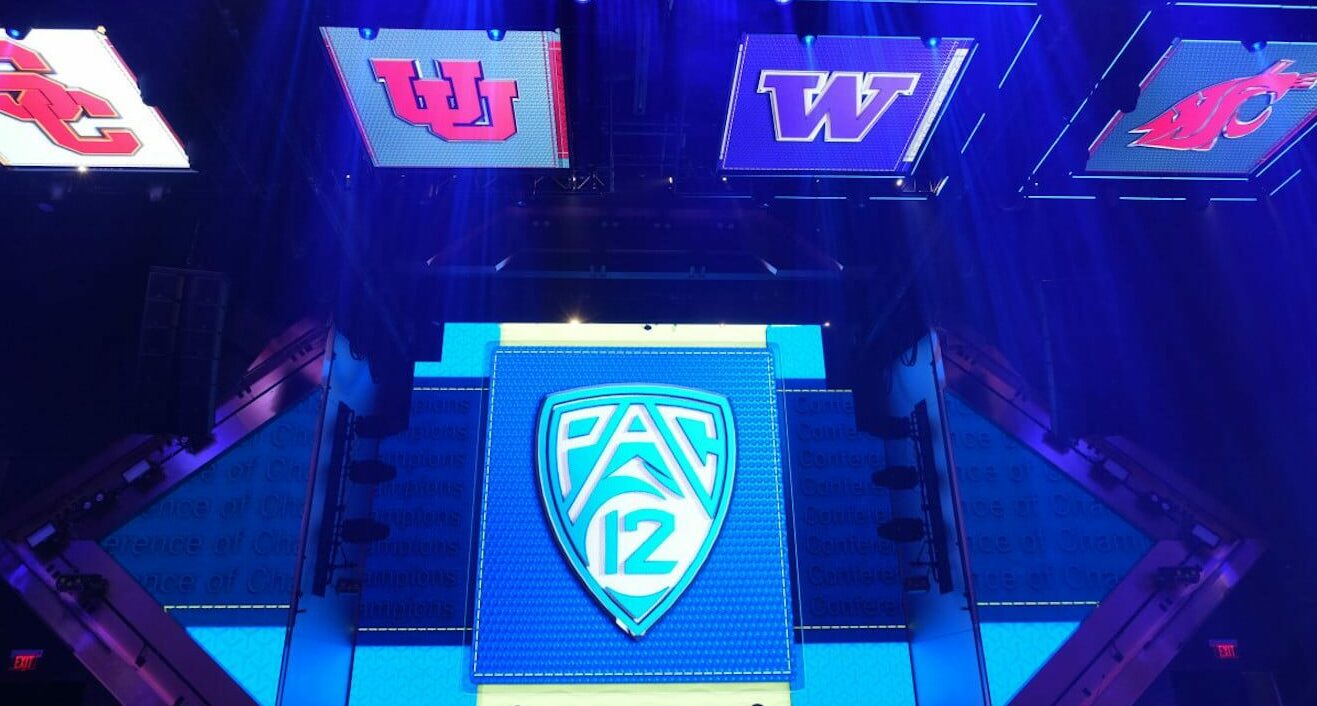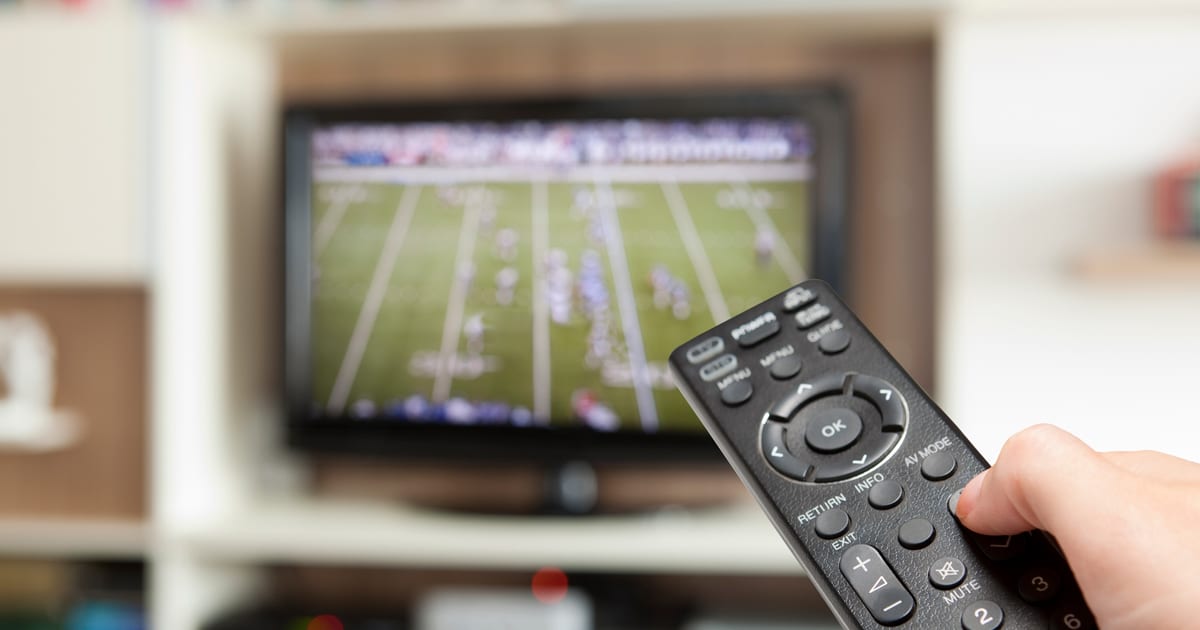I’m going to do my best here not to sound too much like a fan. This will be hard because,…
The Effect of Conference Realignment on Sponsors

Editor’s note: I wrote this blog three different times. The first two versions were full of vitriol and hate … I took shots at people I felt were responsible while exercising the anger I had for this ever happening.
It was more inflammatory than educational.
As someone who graduated from a Pac-12 school, worked at a Pac-12 school, and sold their sponsorship assets for many years, I felt like I was justified to write what I wrote. In the end, a lot has been written about what happened, why it happened, and whose fault it was.
As a precursor, I will say this. What’s transpired is not good for college athletes, not good for college athletics, and not good for the fans of any school. It is good for cash-hungry, profit-driven college presidents and administrators who don’t see the proper role athletics should play in our society.
There is no doubt that the downfall of the Pac-12 Conference has been an emotional one for the teams, fans, and employees of the once proud “conference of champions”. In writing this blog I’ve read countless takes from sports writers and numerous social media comments. My perspective has been influenced by some of what I’ve read as well as being a fan of a Pac-12 school, a former employee at a Pac-12 school’s athletic department, and a sports marketing professional.
I will endeavor to leave my emotions on the sideline … but with all things sports, we tend to let our passions get the best of us. So with a great effort to eliminate any negative thoughts for the people I feel are responsible for this turn of events, I’ll work to address what this might mean to local sponsors engaged in a sports marketing deal with one of the teams.
Why Did This Happen?
The simple answer is money and malfeasance. In simple terms, the BIG10 ($7.5 billion/7 years) and SEC ($3 billion /10 years) proactively secured significant TV rights deals that allowed them to pay their respective teams vast sums of money. This happened because the forward-thinking leadership of both these conferences recognized the opportunity to generate vast sums of television revenue due to the seismic changes the platform was experiencing in consumption and distribution.
The Pac-12 did not.
To give you further perspective on the issue, the BIG10 was able to provide $58 million dollars to each school in their conference in 2021-2022. The SEC distributed roughly $50 million dollars to each school. Schools in the BIG12 can expect a payout of $47 million dollars a year with a likelihood of eclipsing $50 million dollars a year once CFP expansion takes place. The ACC, which boasts some of college football’s most prolific programs, signed a 20-year deal back in 2016 and was able to muster around $40 million for each school in their conference. If nothing changes, a Pac-12-type implosion is definitely a possibility on the right coast sometime soon.
Under the Apple TV deal that the Pac-12 tried to get their schools to sign off on … the top schools in the conference would receive $30 million dollars, others less.
It’s readily evident that loyalty to the conference, loyalty to regionalized competition, and loyalty to tradition have lost out to a desire for greater profit.
What Impact Will Conference Realignment Have on Local Sponsors Who Buy Sponsorship Assets from the Team?
Well, it depends. Personally, I don’t see conference realignment having a significant impact on local sponsors of the eight schools that moved to the BIG10 and Big12 except the reality that certain team sponsorship assets (like TV visible signage or in-game radio ads) could be purchased by a major TV sponsor looking to augment their strategy.
Candidly, that’s always been a reality so it’s not a significant change in my opinion.
Regional brands who gained ancillary value with their sponsorship may lose benefits as teams from adjacent states may not be in the same conference any longer and therefore will not play each other. Technically, this does make things a little more convoluted for brands that have a regional distinctiveness.
Do I see it being hugely problematic? No.
Opportunities may exist on a digital front as teams move to different conferences could create a great ad-supported content play. There will not be a lot of familiarity with teams squaring off for what will be the first time in conference play. Fans may want to read up on opposing players and coaches, season performance to date, team history, and other relevant information to the new matchup.
Also, given the end of regionalization, a solid travel-related partner (airline, lodging, etc.) becomes a more pronounced need for fans who want to follow their team. Not that this category hasn’t been pegged already but the fact that Oregon will be playing football in Piscataway, New Jersey does mean that their fan base will definitely have interest in the travel industry category.
.
How Will the Fans React?
On social media, there seems to be a fair amount of backlash from fans who don’t like change and who hate to see historical regional matchups potentially come to an end. The most radical of these fans may disengage from attending games but that number will not be significant. The popularity of college football will continue to ascend so unless I’m reading the room wrong I don’t see an attendance backlash that negatively impacts sponsors.
Teams that win will play in packed stadiums … teams that don’t will have plenty of seats available. Teams that win will attract sponsorship dollars. Teams that have well-run sponsorship teams that understand marketing will also have success. Teams that lose and have weak sponsorship personnel will continue to struggle.
That’s age-old and won’t change with realignment.
So whereas conference realignment seems to have destroyed tradition and regionalization, it doesn’t appear to be a significant problem for local team sponsors. They will continue to benefit from our (fans) desire for collegiate athletic competition. As always, whoever is selling these assets needs to understand how you impact consumer behavior to drive value for someone’s sponsorship investment.
If your sponsorship investment is not generating results or your school does not have a sponsorship sales team that understands how to generate results for your clients, send me a note to ed.olsen@linedrivesportsmarketing.com or give me a call at 602.284.6722.



